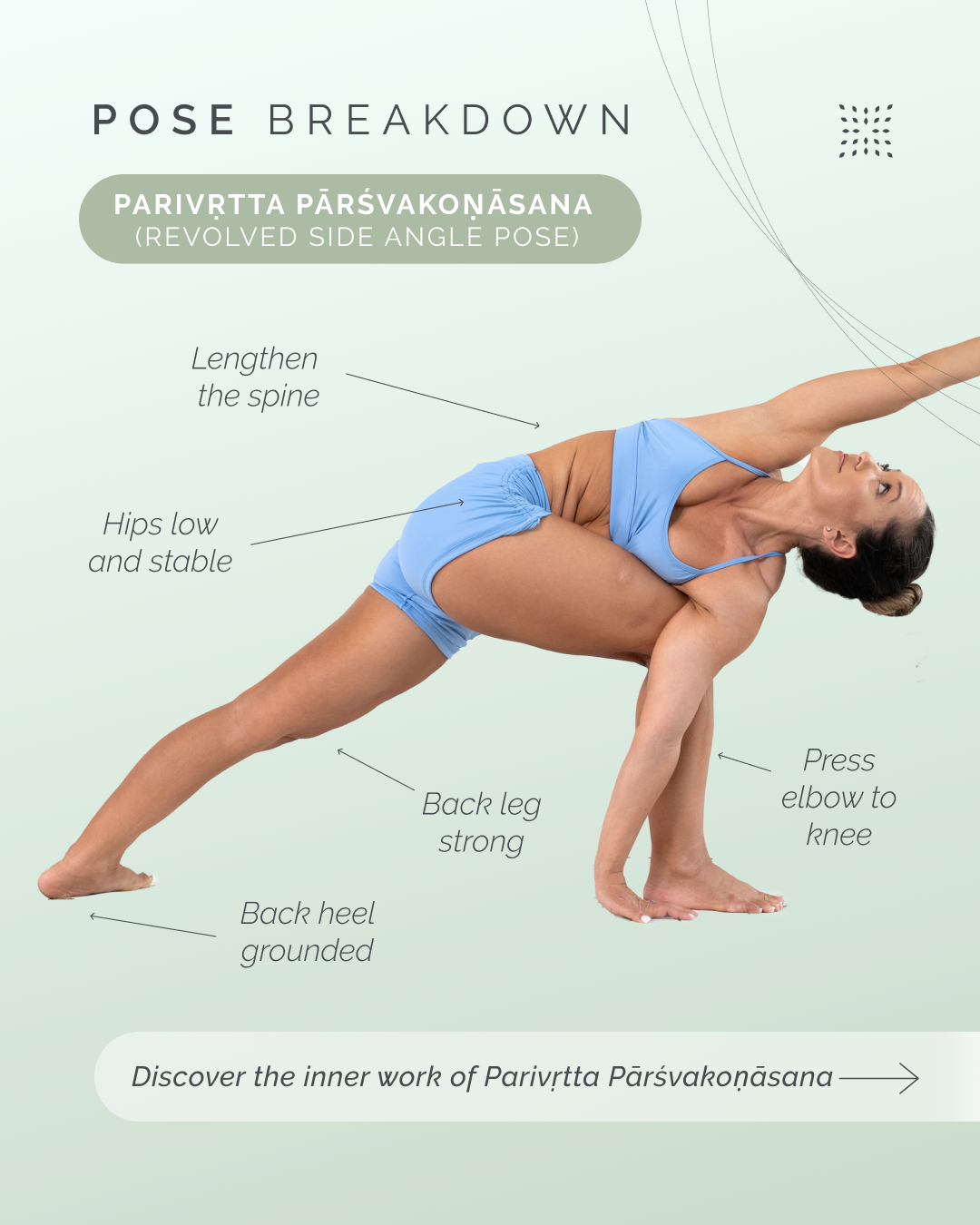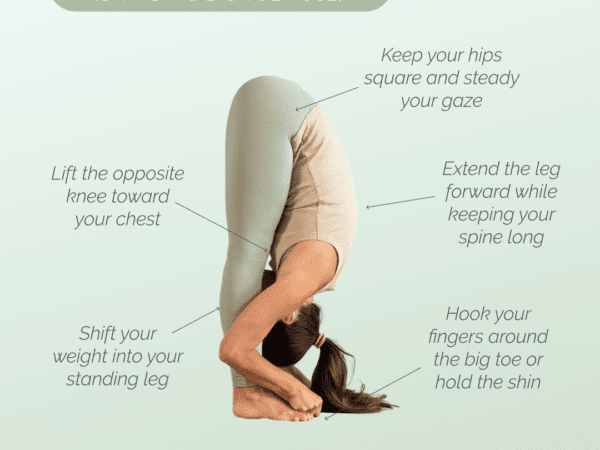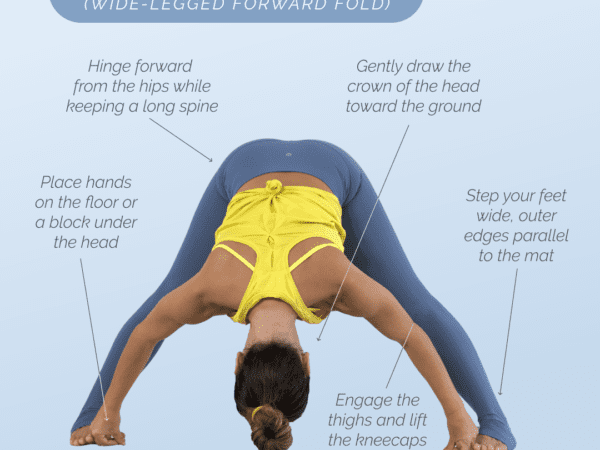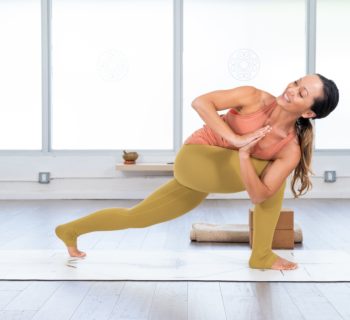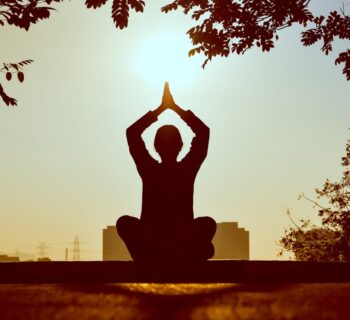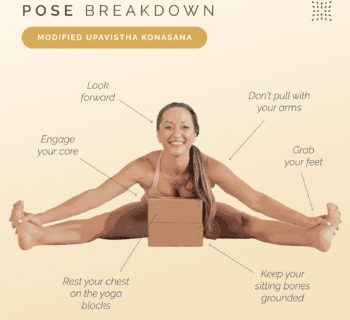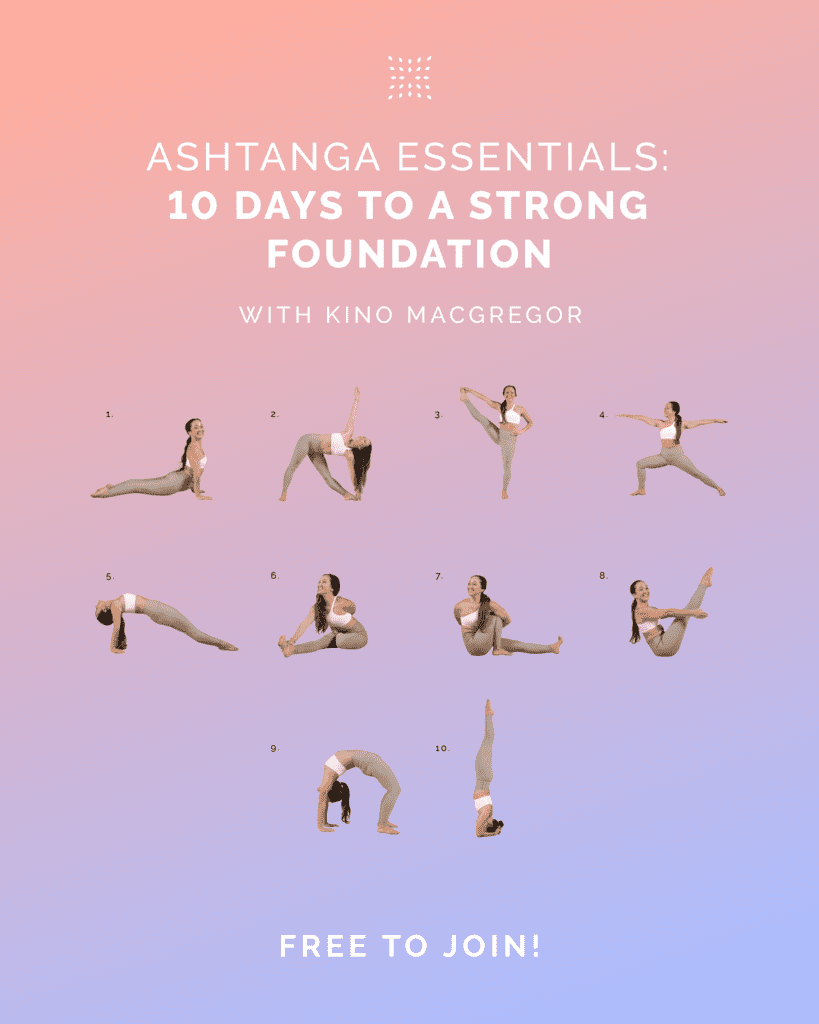Etymology and History
The name Parivṛtta Pārśvakoṇāsana unfolds like a teaching in itself. Parivṛtta derives from pari (“around, all sides”) and vṛtta (“turned, revolved”), suggesting the spiral action of the body. Pārśva means “side” or “flank,” pointing to the lateral stretch. Koṇa is “angle,” highlighting the shape created by the bent leg and long line of the torso. Finally, āsana comes from the root ās, “to sit or dwell,” a reminder that every yoga posture is not just a shape, but a dwelling place of awareness. Together, the name translates as “Revolved Side Angle Posture,” a union of twist and grounding, rotation and stability.
Parivṛtta Pārśvakoṇāsana is not mentioned in medieval yoga texts like the Haṭha Yoga Pradīpikā or Gheraṇḍa Saṃhitā. Instead, it belongs to the wave of modern standing postures that crystallized in the twentieth century, shaped by Krishnamacharya and his students. The revolved side angles, lunges, and twists reflect this creative synthesis of yoga with wrestling, gymnastics, and martial movement, merging ancient spiritual intent with modern physical vocabulary.
Different lineages transmit this posture in unique ways. Iyengar Yoga emphasizes long holds, props, and precise alignment. Vinyasa schools approach it dynamically, often using it as a transition between warriors and twists. In Ashtanga Yoga, the posture appears early in the Primary Series under the name Pārśvakoṇāsana B. Interestingly, in this tradition the word parivṛtta is reserved for a much more advanced Fourth Series posture. Such differences in naming and sequencing remind us that yoga is not fixed, but alive, constantly reshaped by lineage, interpretation, and practice.
Benefits and Considerations
This pose strengthens the legs and core, stabilizes the hips, massages the abdominal organs, and wrings out the spine with a deep twist. It can support digestion, circulation, and spinal mobility. Many practitioners also experience increased stamina, mental clarity, and focus.
However, revolved postures are not for everyone. Those with acute spinal injuries, sacroiliac issues, knee pain, uncontrolled blood pressure, or pregnancy should avoid this posture or work only in modified versions.
How to Practice: Classical Version
- Begin in samasthitiḥ (standing at the top of the mat).
- Step the right foot wide, turning the left foot slightly outward.
- Bend the right knee over the ankle into a steady lunge.
- Exhale, folding the torso forward over the thigh. Bring the left shoulder to the outside of the right knee.
- Place the left hand on the floor or a block, lengthening the spine with each inhale.
- Revolve the chest upward on the exhale, extending the right arm overhead.
- Keep the back heel grounded, hips steady, spine long.
- Gaze upward if comfortable.
Tip: Do not force the hips or torque the lower back. Let breath create the spiral from the core outwards.
Adapted Version
- High Lunge: Lift the back heel off the floor to reduce strain and square the hips forward.
- Knee Down: Drop the back knee to the mat, focusing more on the twist than balance.
- Prayer Twist: Bring palms together at the heart instead of reaching the hand to the floor. This reduces the depth of the twist but keeps the essence of rotation.
Chair Version
For practitioners needing greater support:
- Sit sideways on a chair, legs in a lunge shape.
- Place one hand to the outside of the front thigh and the other hand to the back of the chair.
- Use the support of the chair to gently revolve the torso.
This makes the posture accessible while still embodying the essence of twist and expansion.
Closing Reflection
At its heart, Parivṛtta Pārśvakoṇāsana is more than a twisting lunge. It is a practice of spiraling inward and outward at once, rooting deeply into the earth while revolving toward clarity. The posture becomes a metaphor: effort and release, grounding and expansion, all woven together through breath.
Ready to experience the posture in your own body?
Practice now on Omstars: Parivrtta Parsvakonasana Tutorial


